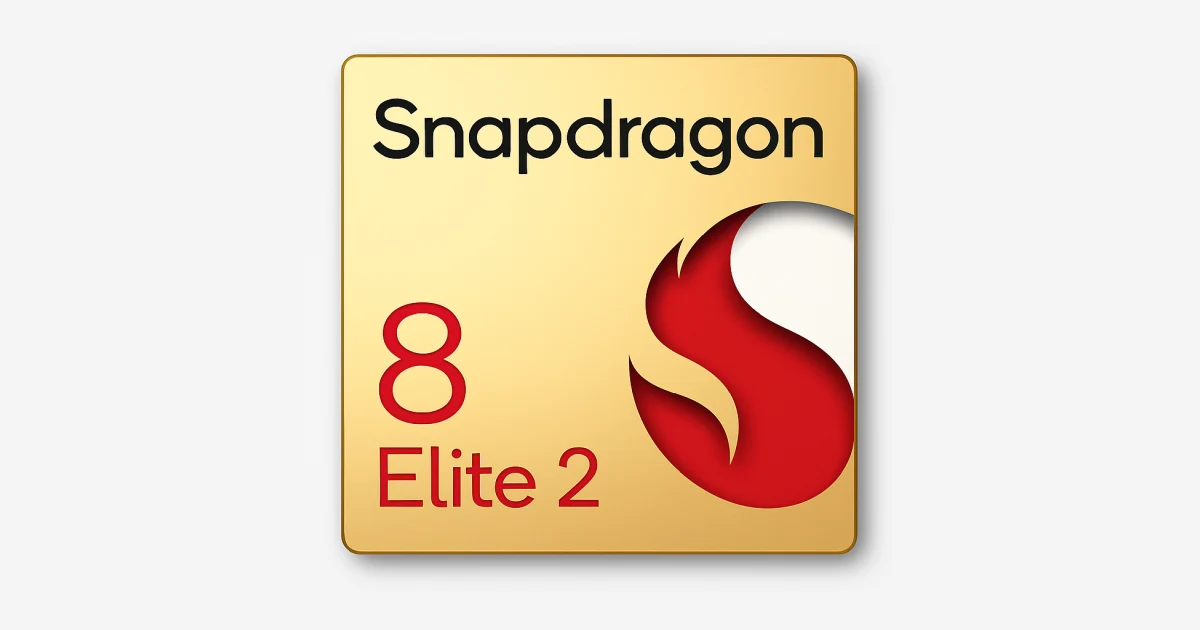Key Takeaways
1. The Xiaomi 16 series is set to launch in China later this year, possibly in September, featuring the Snapdragon 8 Elite 2 chipset.
2. The Xiaomi 16 is rumored to have a 6,800mAh battery with 100W charging capabilities, surpassing previous models in battery performance.
3. The device is expected to feature a 6.3-inch flat OLED display with ultra-slim bezels and will run on Android 16 with HyperOS 3.0 UI.
4. Camera specifications include a powerful 50-megapixel triple camera setup with a periscope telephoto lens.
5. Both the Xiaomi 16 and Xiaomi 16 Pro are expected to launch together, while the Xiaomi 16 Ultra is anticipated in early 2026.
Xiaomi is set to reveal the Xiaomi 16 series of flagship smartphones in China later this year. Before the official announcement, tipster Smart Pikachu has provided some interesting insights regarding the rumored Xiaomi 16. While the leaker hasn’t specifically mentioned the official name, the details shared suggest that a launch is likely approaching, possibly in September. This device is anticipated to showcase innovative features, such as the first Snapdragon 8 Elite 2 chipset and a notable battery capacity.
Expected Features and Specs
According to the leak from Smart Pikachu, the Xiaomi 16 will reportedly be the first smartphone to utilize the Snapdragon 8 Elite 2 chipset. Furthermore, it is believed that the device is being evaluated with a 6,800mAh battery and 100W charging capabilities. This information aligns with an earlier leak stating that the Xiaomi 16 will feature a 6.3-inch display. For reference, the Chinese version of the Xiaomi 15 is equipped with a 5,400mAh battery and supports 90W charging, making the Xiaomi 16’s specs more impressive compared to other devices in its segment. To give some perspective, the OnePlus 13T, also with a 6.3-inch display, has a 6,260mAh battery and 80W charging, while the upcoming Vivo S30 Pro Mini (in China) or the Vivo X200 FE (in India) is rumored to have a 6,500mAh battery with 90W charging.
Display and Camera Details
The same tipster has previously disclosed that the Xiaomi 16 will feature a 6.3-inch flat OLED display with ultra-slim bezels on all four sides. It is expected to operate on Android 16, layered with the forthcoming HyperOS 3.0 UI. Rumors also suggest that the Xiaomi 16 will come with a powerful 50-megapixel triple camera arrangement, which includes a periscope telephoto lens. Despite housing a substantial battery, the Xiaomi 16 is anticipated to maintain a sleek and lightweight design.
Launch Timeline
Moreover, earlier leaks indicate that both the Xiaomi 16 and Xiaomi 16 Pro will launch concurrently this year, while the Xiaomi 16 Ultrav is expected to be released later in the first half of 2026.












